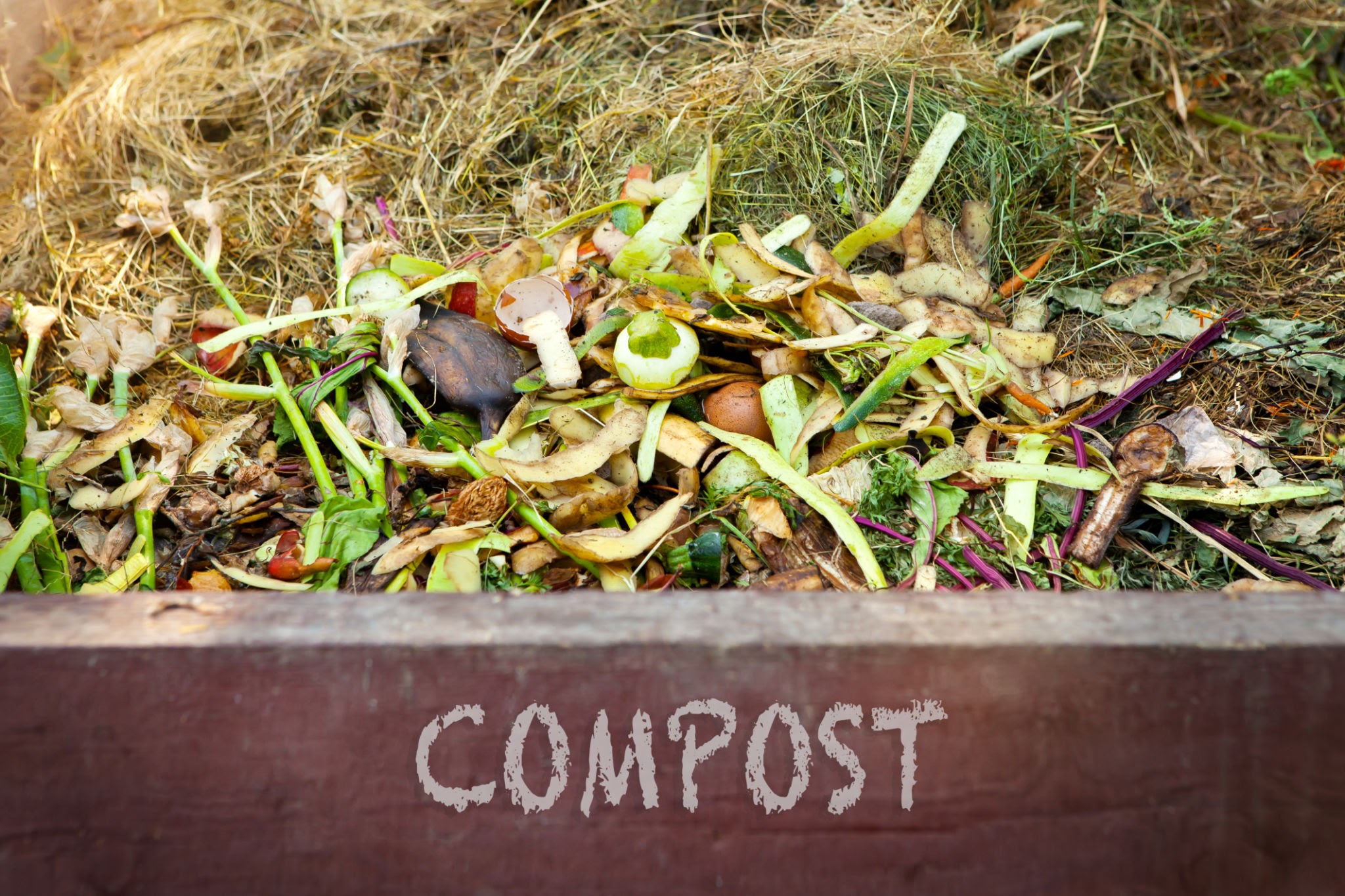The Butterfield Dispatch
Archives
Mastering Composting: Essential Tips for a Thriving Garden
SIGN UP FOR OUR NEWSLETTER
Mastering Composting: Essential Tips for a Thriving Garden |
Transform your yard waste into nutrient-rich soil with these expert composting strategies. |
Composting is the art of guiding organic materials through natural decomposition to create a rich, soil-enhancing product.
By providing optimal conditions, microorganisms like bacteria and fungi break down yard trimmings into dark, crumbly compost.
This process not only recycles waste but also enriches your garden soil.
Benefits of Composting
Incorporating compost into your soil offers numerous advantages.
It improves soil structure, making heavy clay soils more manageable and helping sandy soils retain moisture and nutrients.
Compost also introduces beneficial microorganisms that enhance soil health and make nutrients more accessible to plants.
What to Compost
A wide range of organic materials can be composted.
Yard trimmings such as grass clippings, leaves, and plant remains are excellent choices.
Kitchen scraps like fruit and vegetable peels, coffee grounds, and eggshells also contribute valuable nutrients.
However, avoid adding meat, bones, fatty foods, and pet waste, as they can attract pests and create odors.
Balancing Greens and Browns
Achieving the right mix of materials is crucial for effective composting.
Greens, rich in nitrogen, include items like grass clippings and vegetable scraps.
Browns, high in carbon, encompass materials such as dry leaves and cardboard.
Aim for a ratio of approximately three parts browns to one part greens to maintain a healthy compost pile.
Maintaining Air and Moisture
Proper aeration and moisture levels are essential.
Regularly turning your compost pile introduces oxygen, which accelerates decomposition and prevents unpleasant odors.
Keep the pile as damp as a wrung-out sponge; too dry, and decomposition slows; too wet, and it may become anaerobic.
Understanding the Carbon-to-Nitrogen Ratio
The carbon-to-nitrogen (C:N) ratio is a key factor in composting.
Microorganisms thrive when this ratio is about 30:1.
Excess carbon can slow decomposition, while too much nitrogen can lead to odor issues.
Balancing your greens and browns helps maintain this optimal ratio.
Ensuring Compost Readiness
Compost is ready to use when it is dark, crumbly, and has an earthy smell.
Using compost before it's fully decomposed can harm plants, as the ongoing breakdown process may compete with them for nitrogen.
Patience ensures your compost will be a beneficial addition to your garden.
Exploring Vermicomposting
For those with limited space, vermicomposting—using worms to process organic waste—is an excellent alternative.
Worm bins can be maintained indoors and produce high-quality compost.
Ensure the bin is well-ventilated and avoid adding meat, dairy, or oily foods to prevent odors and pests.
Choosing the Right Composting Method
Composting can be done in open piles, homemade bins, or commercial composters.
The size of your compost pile should be at least 3 feet by 3 feet to maintain sufficient heat for decomposition.
Various bin designs cater to different needs, from simple wire enclosures to more elaborate three-bin systems.
Accelerating Composting with Tumblers
Compost tumblers can expedite the composting process, producing finished compost in a few months.
These devices make turning the compost easier, ensuring even decomposition.
Regular monitoring of moisture and aeration levels is still necessary to achieve the best results.
By following these composting tips, you can transform organic waste into a valuable resource for your garden, promoting healthier plants and contributing to environmental sustainability. |

